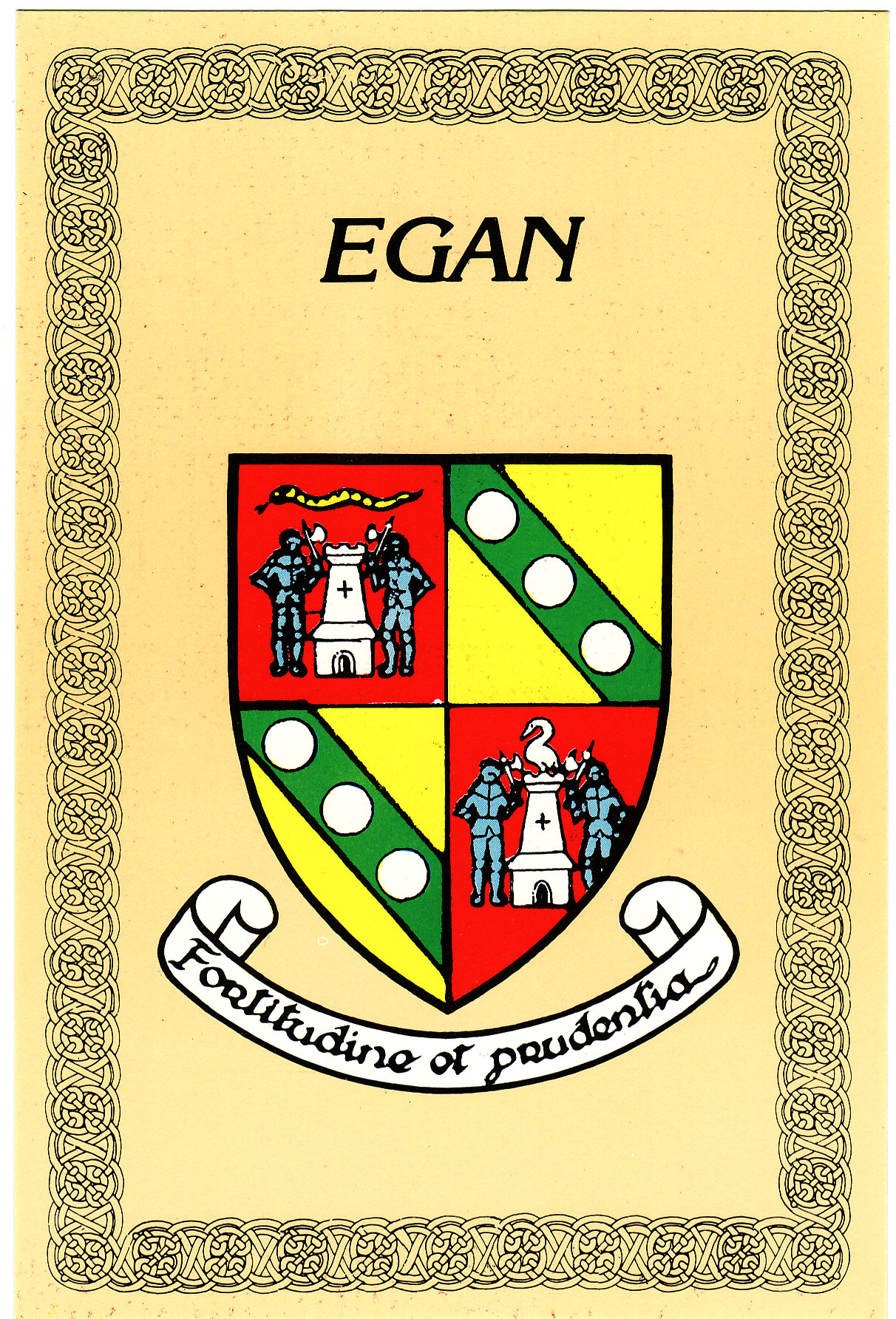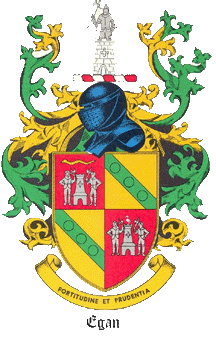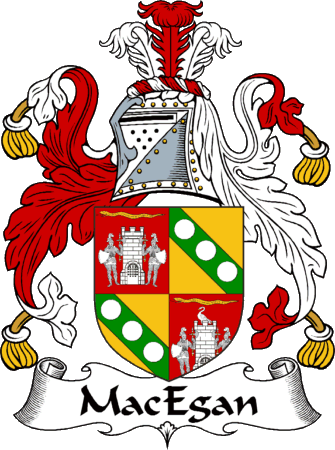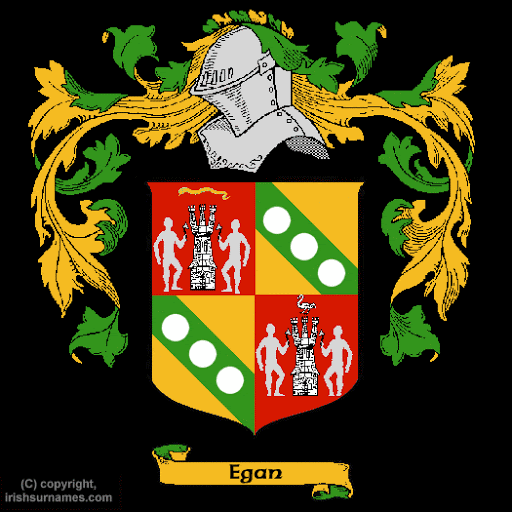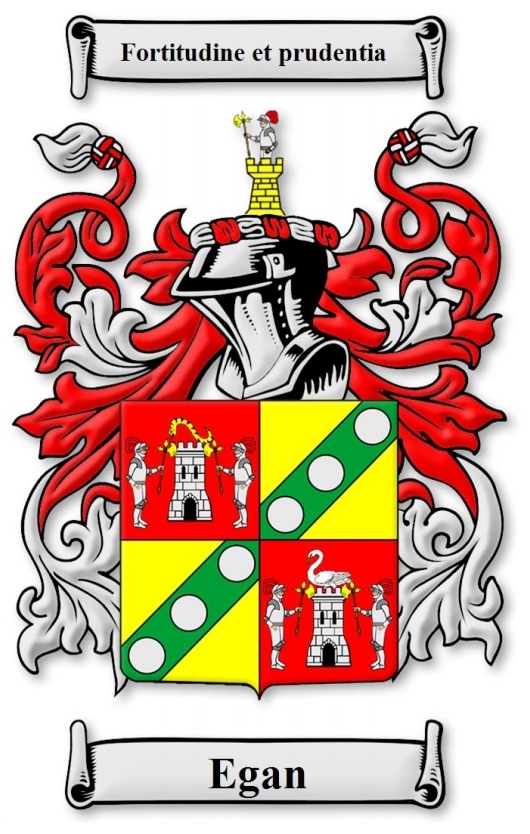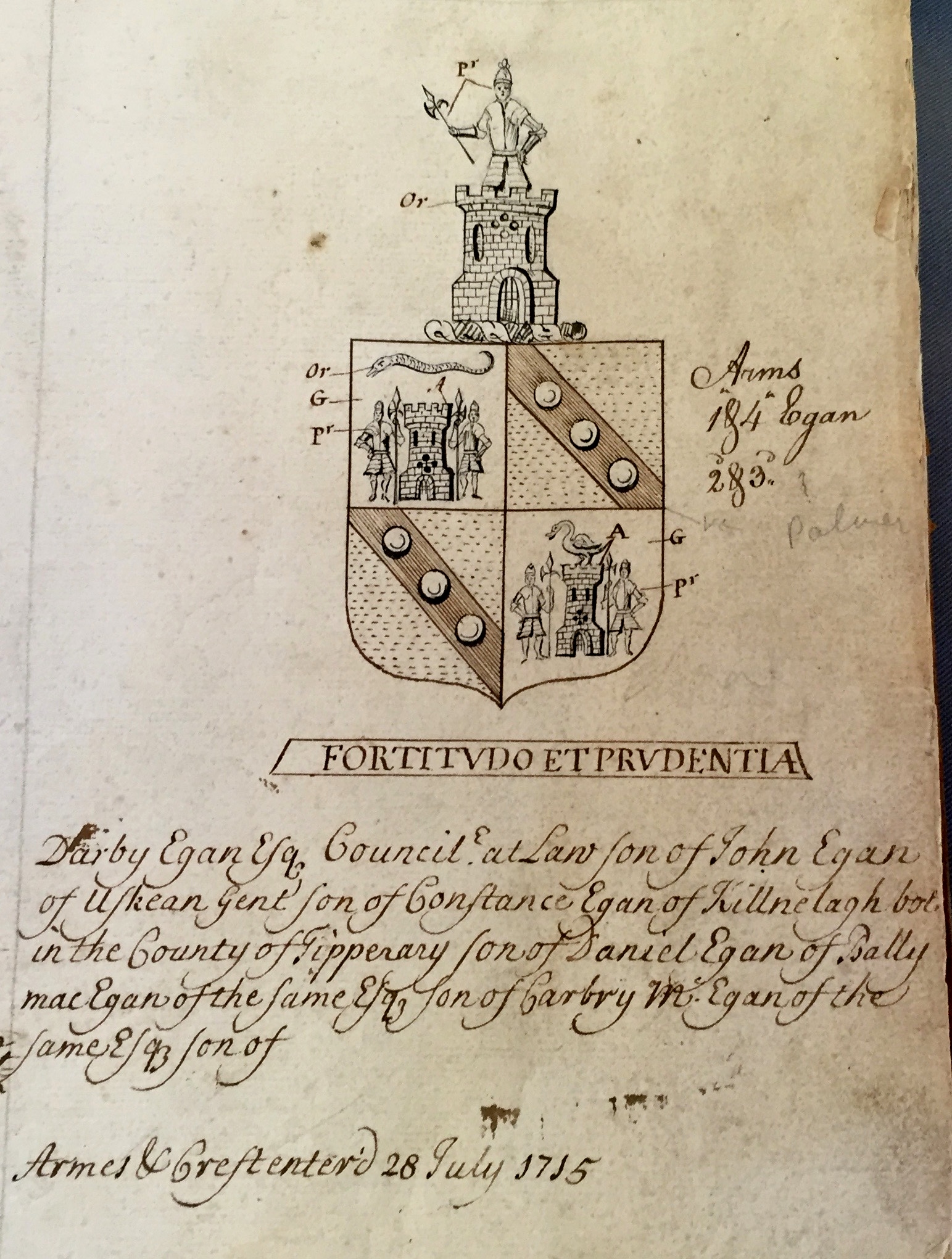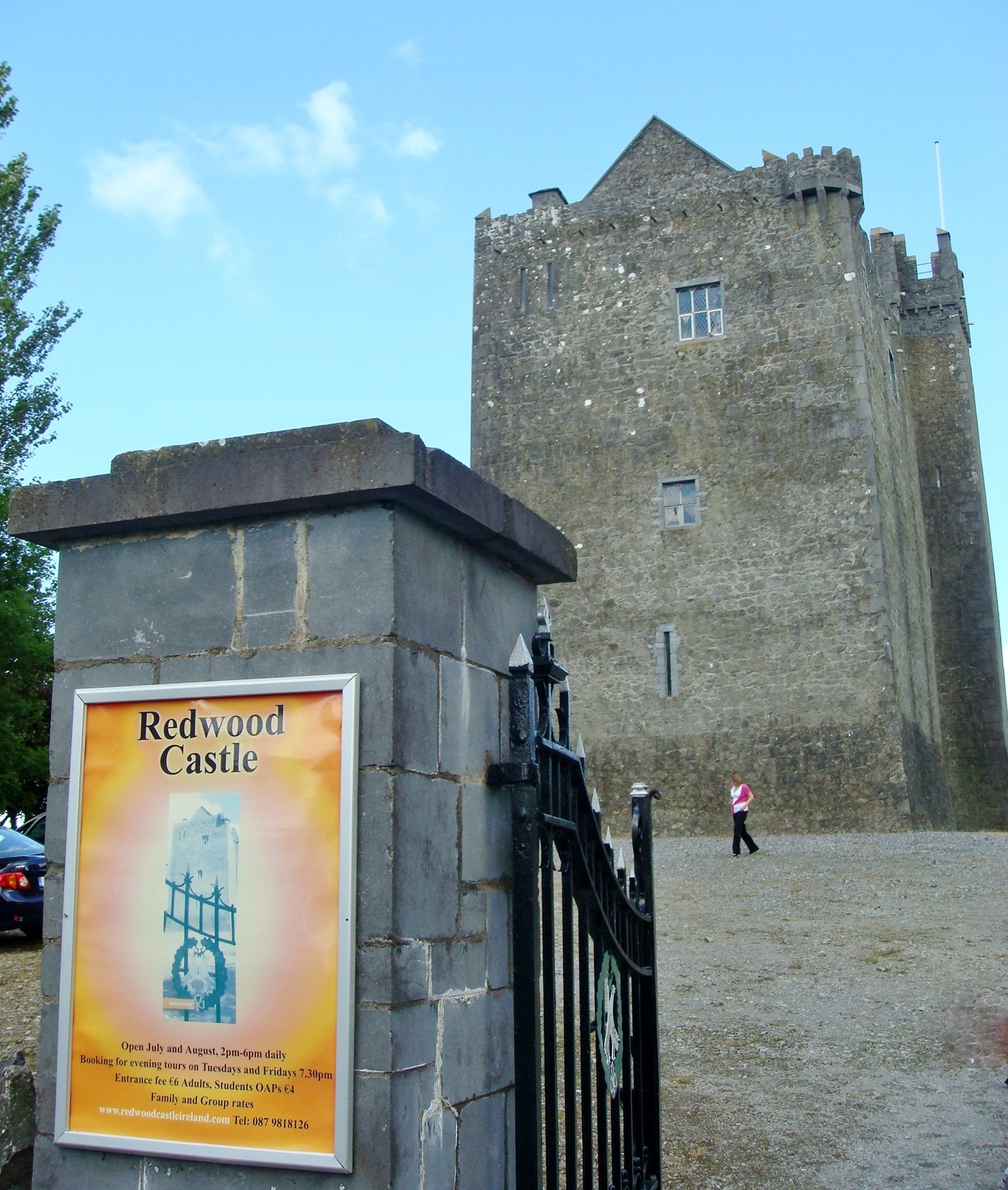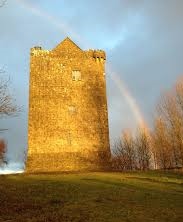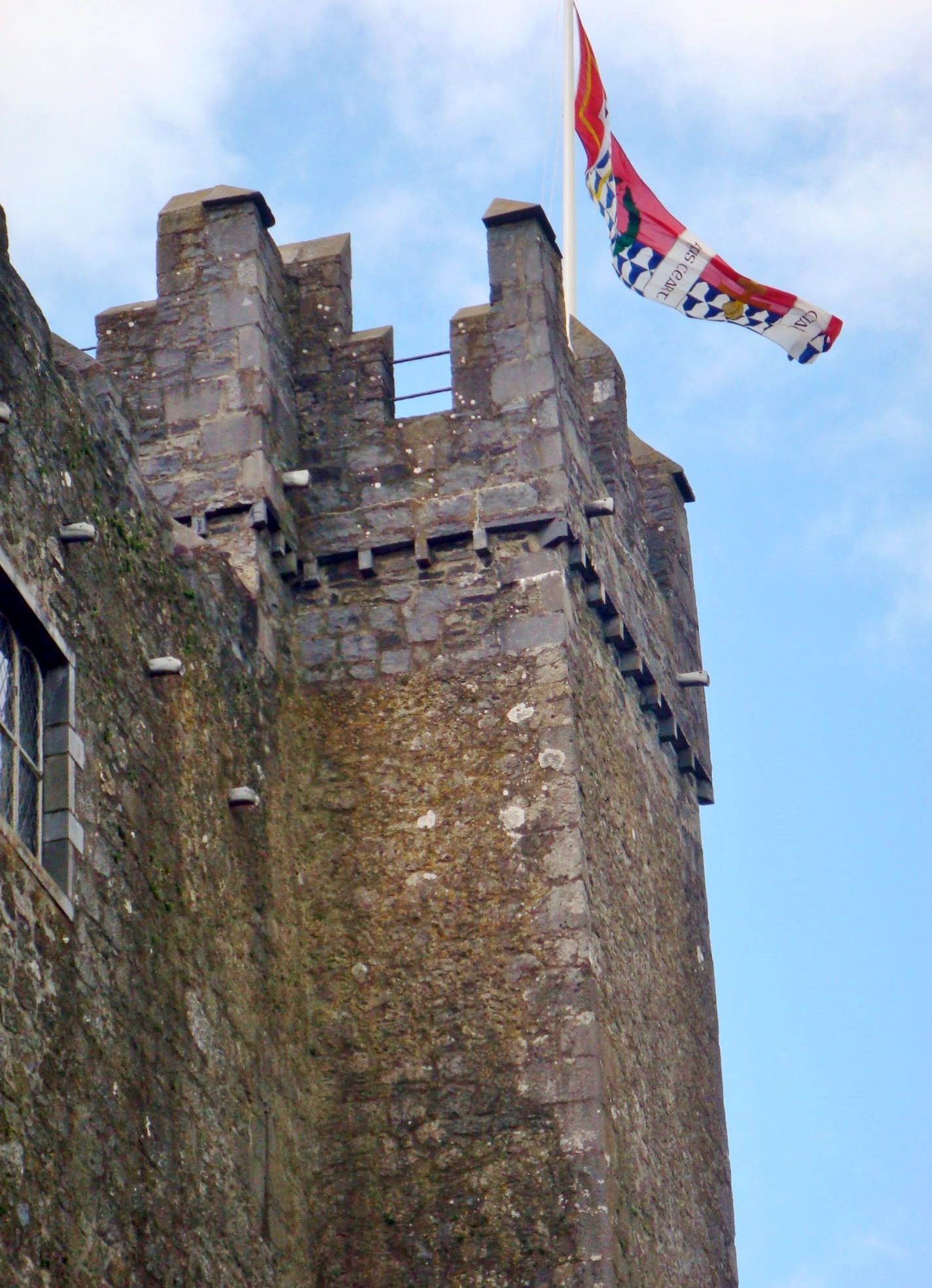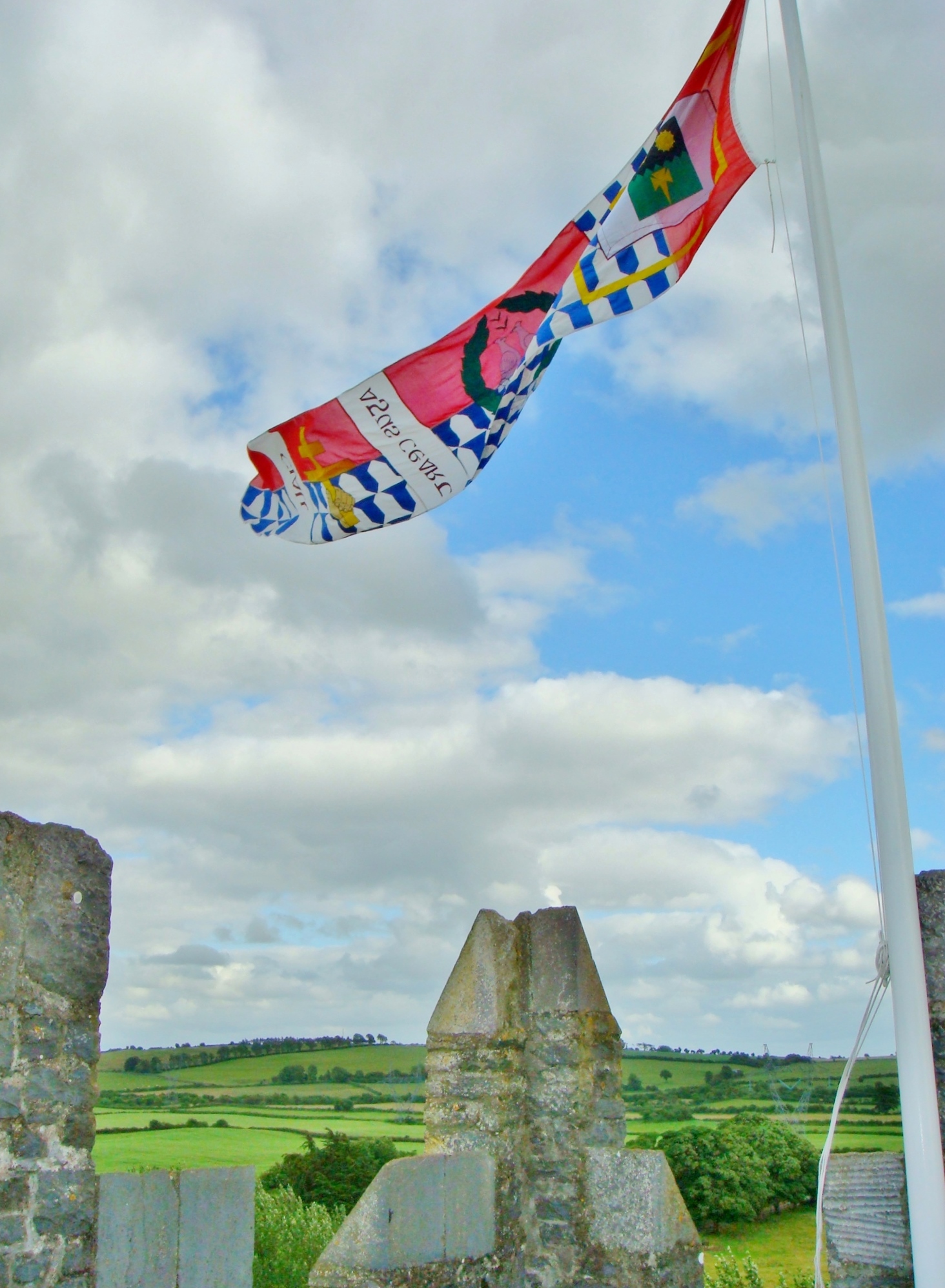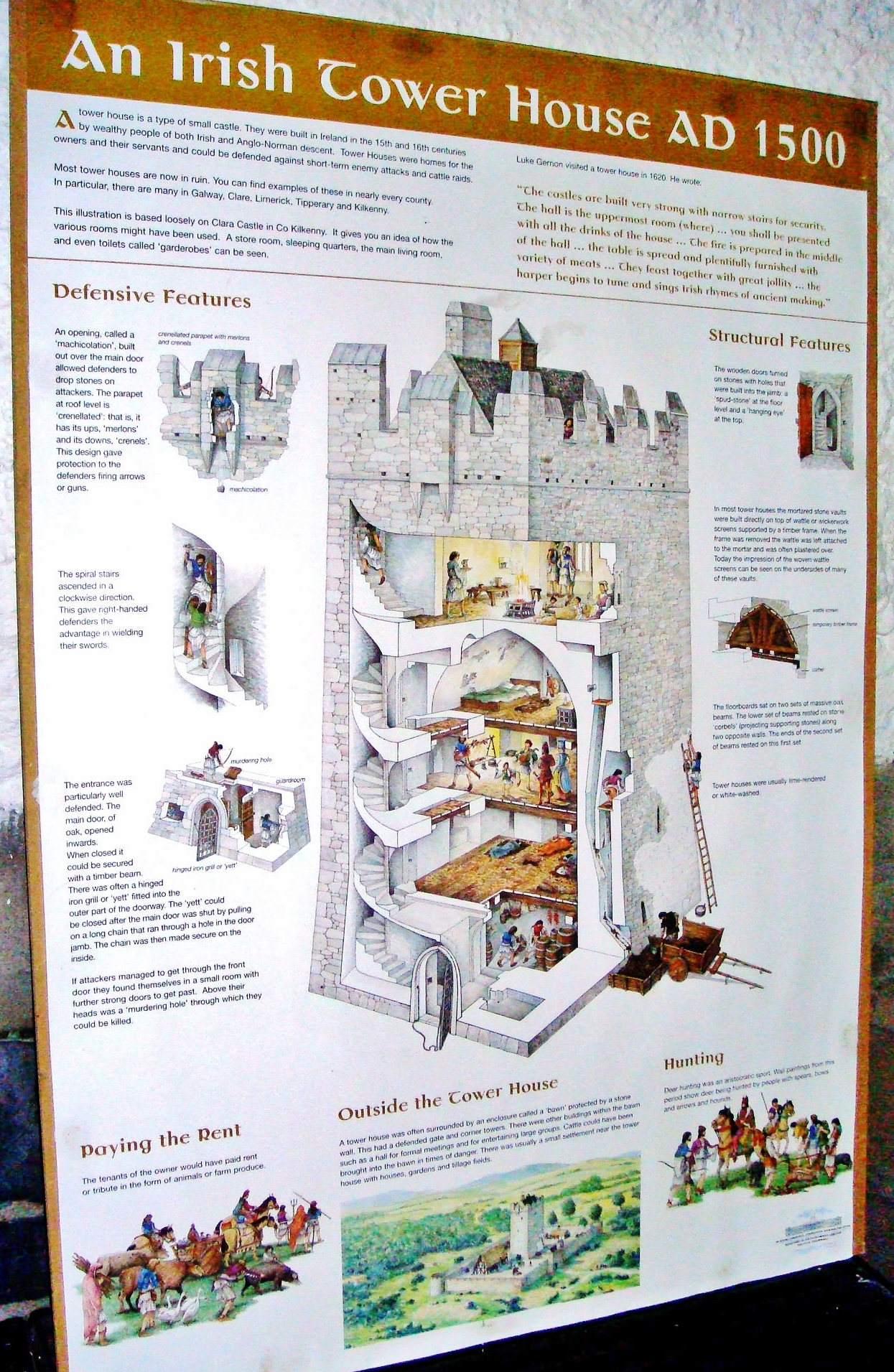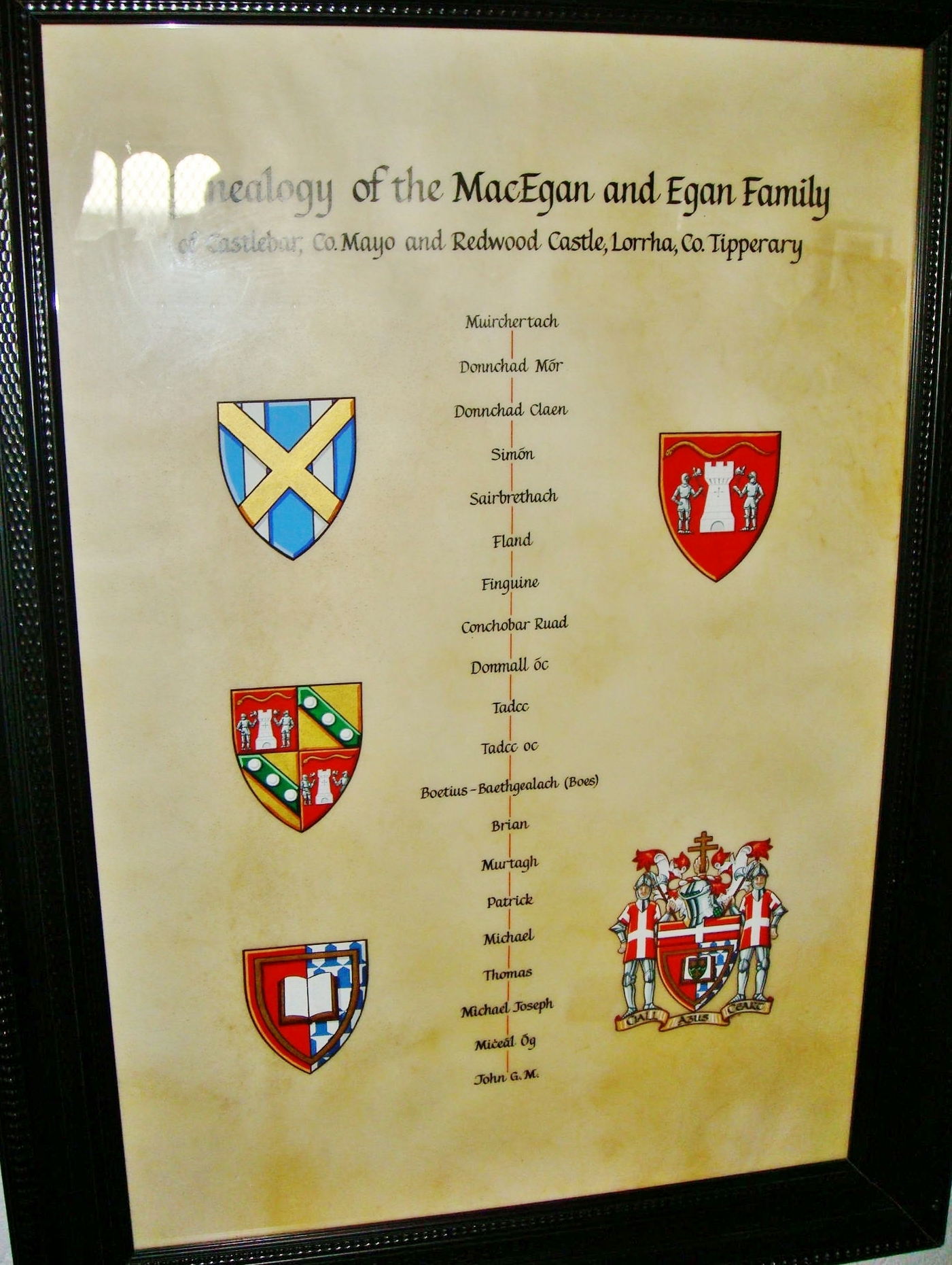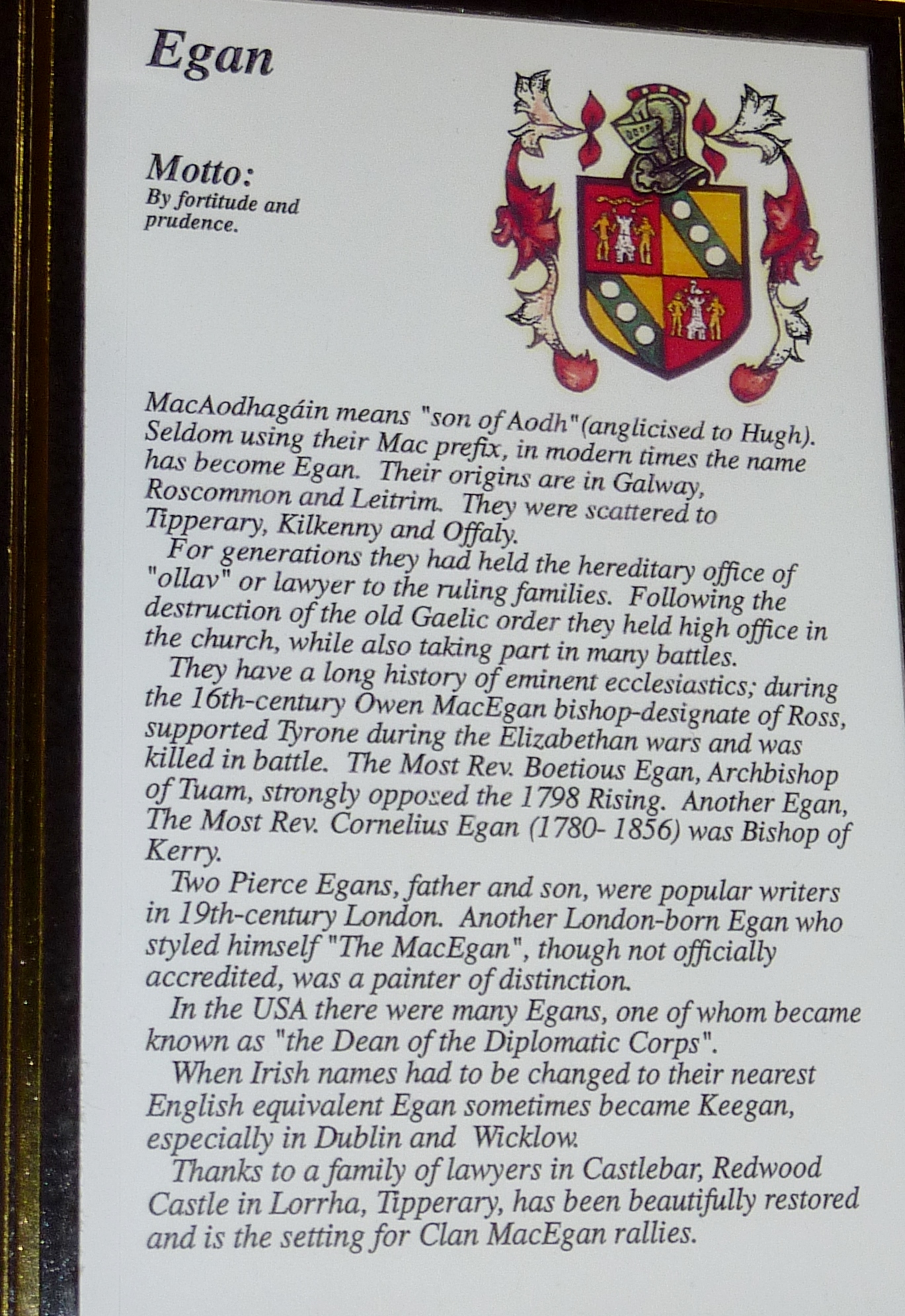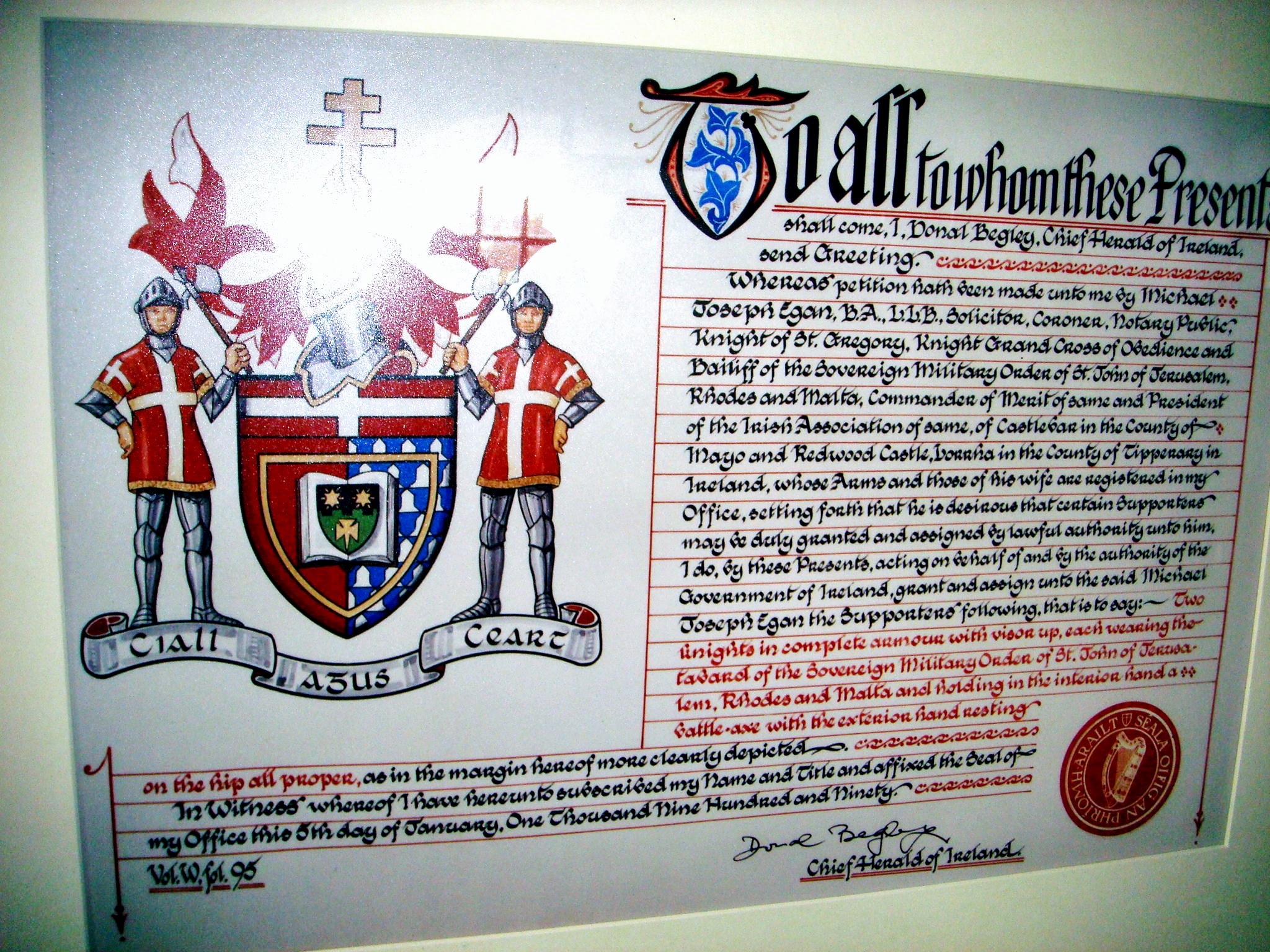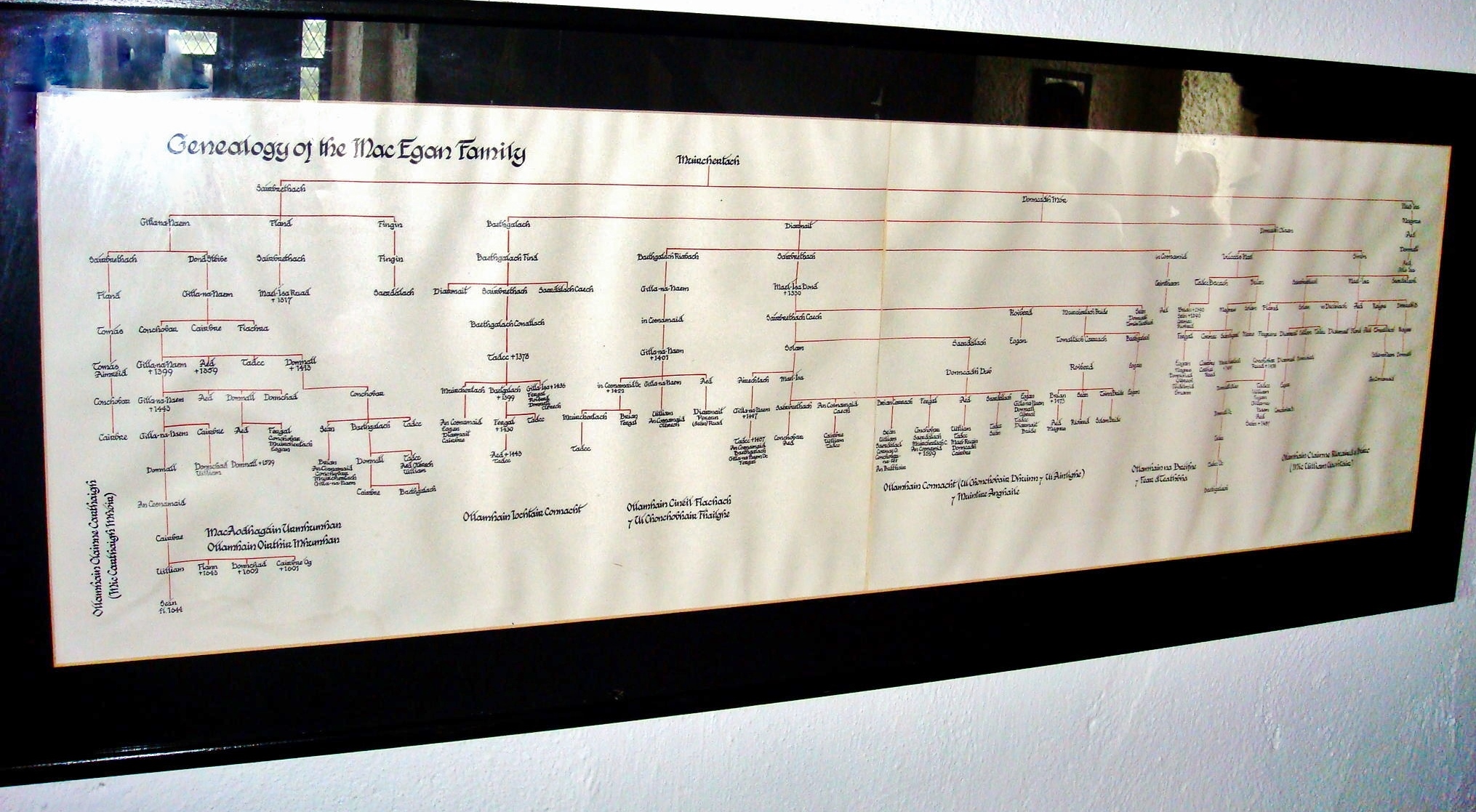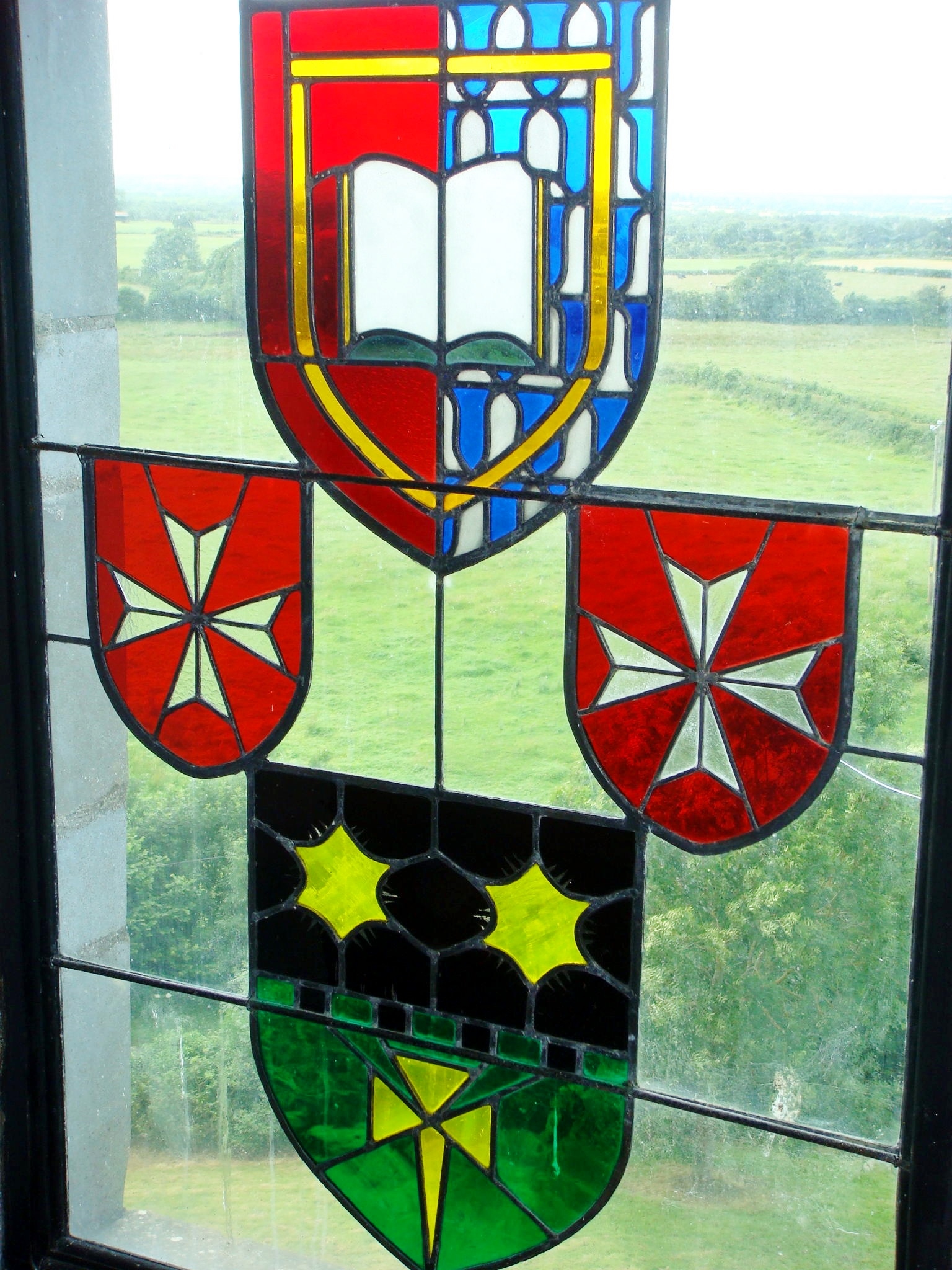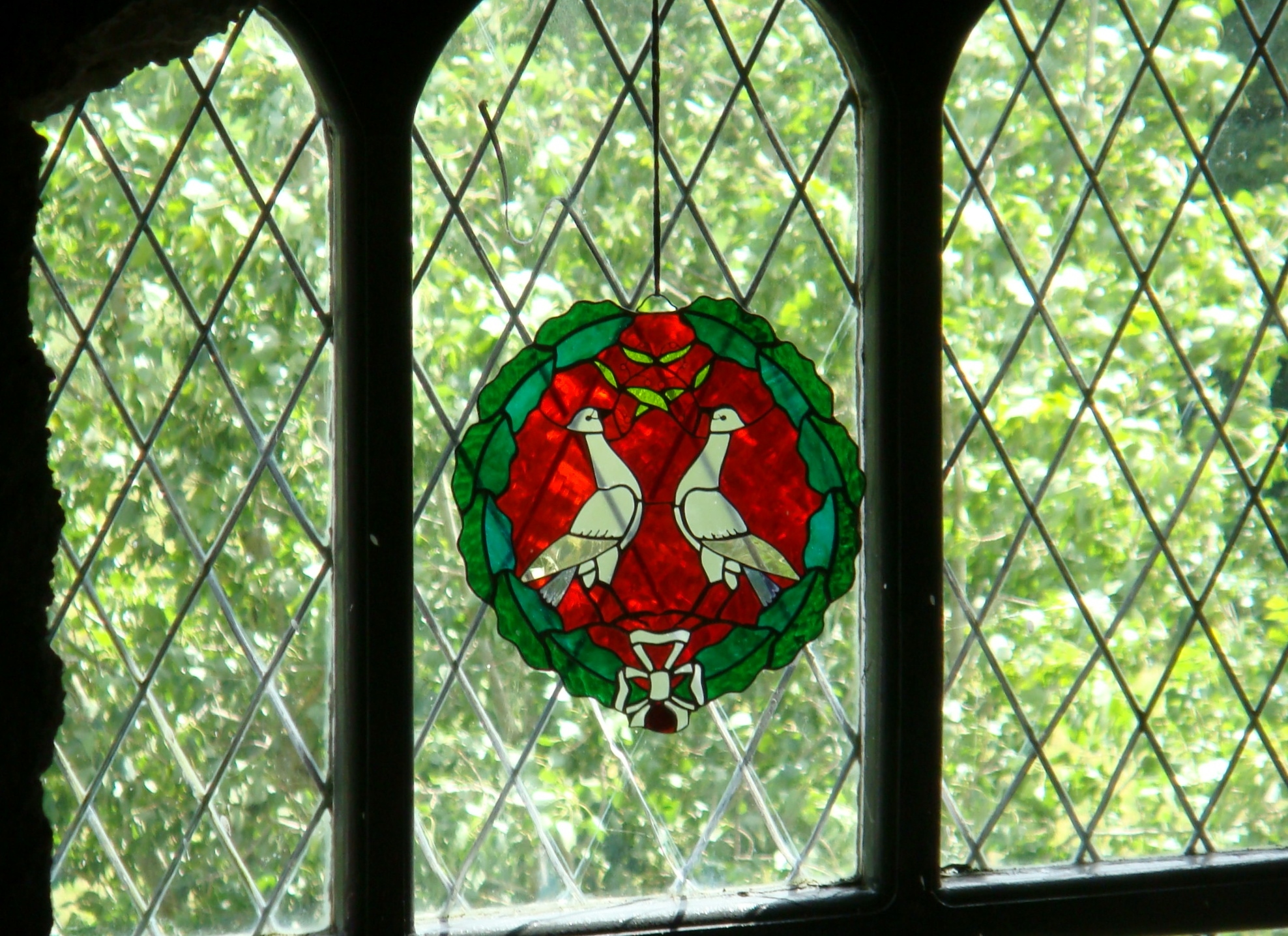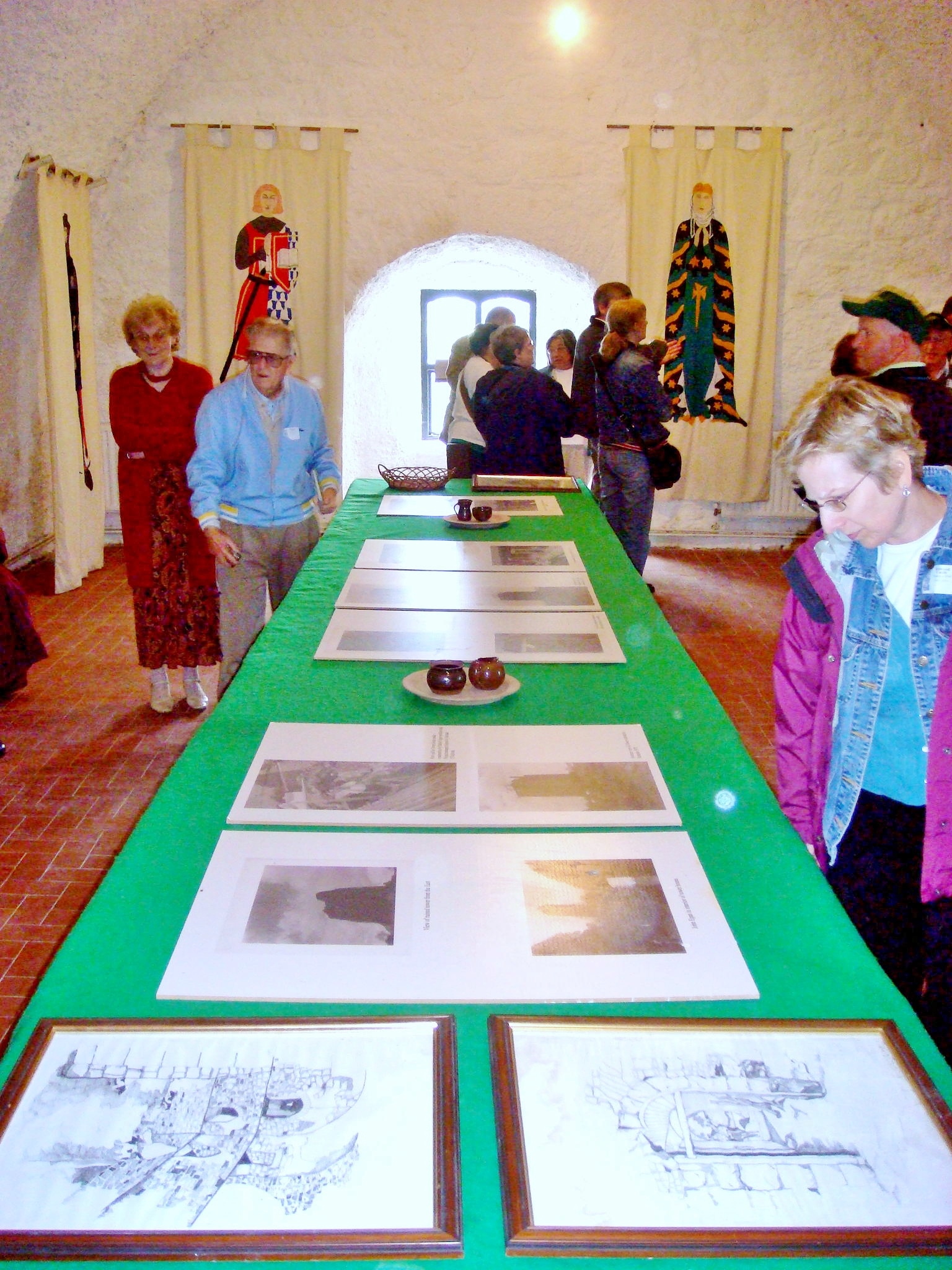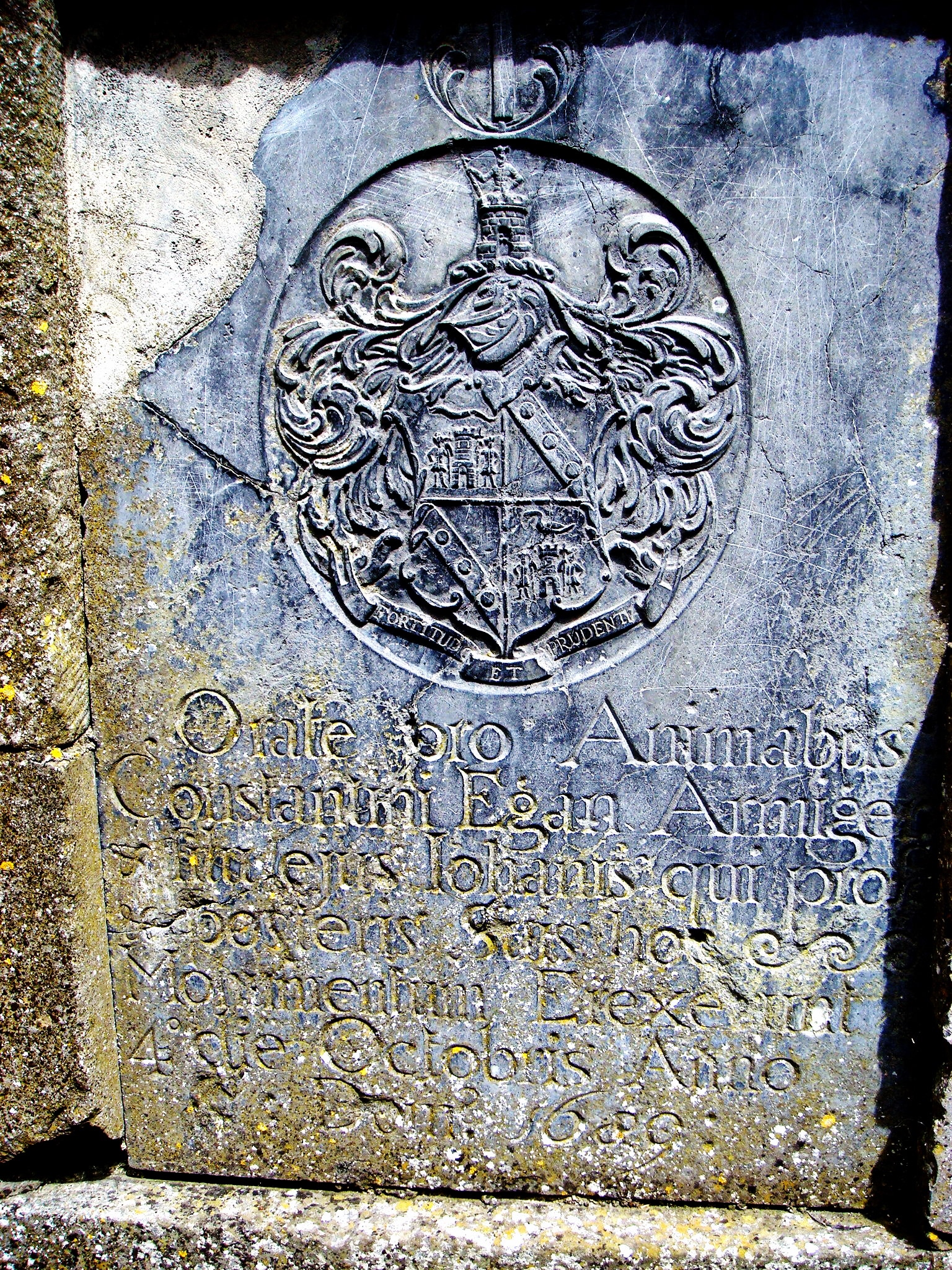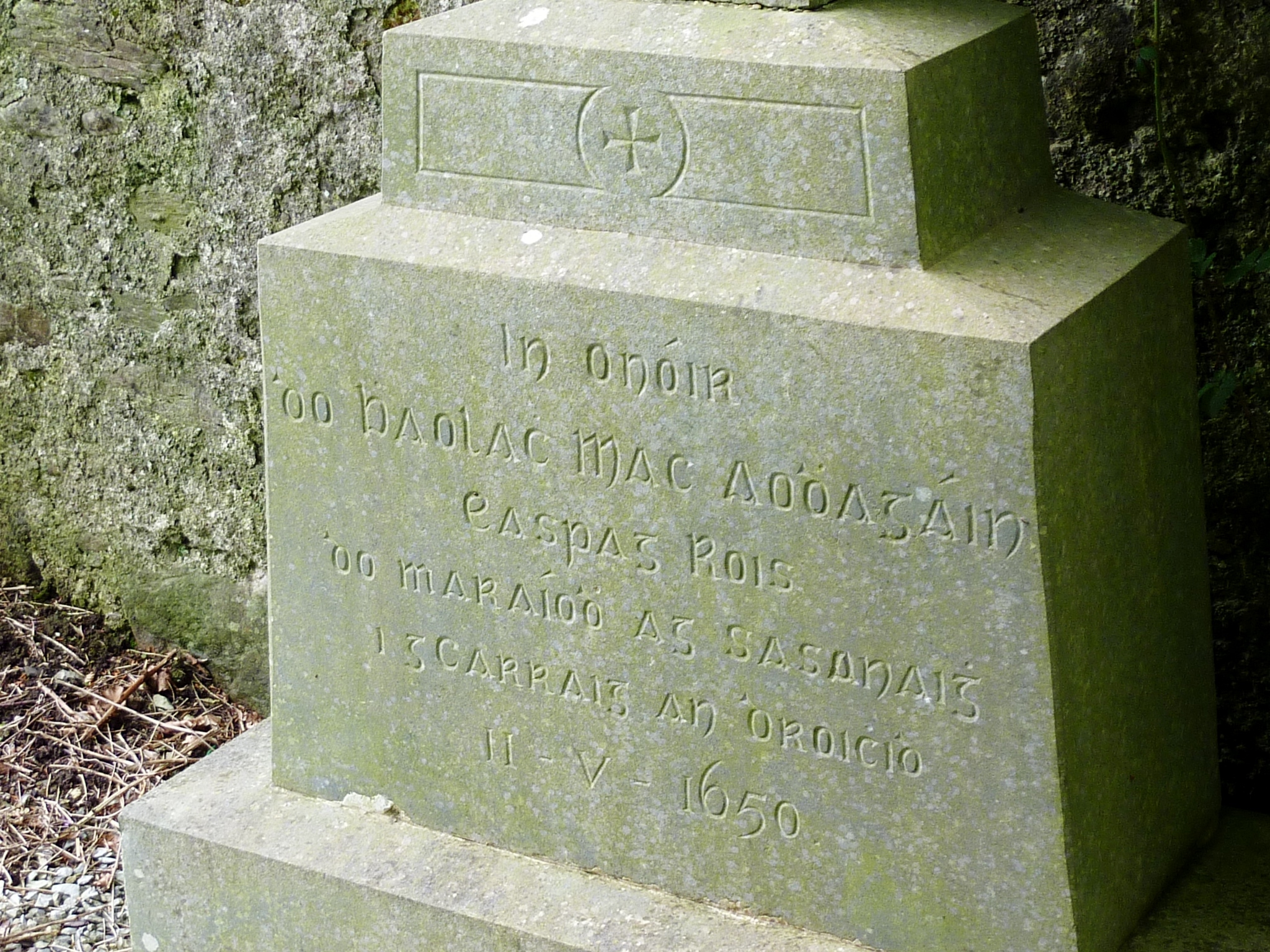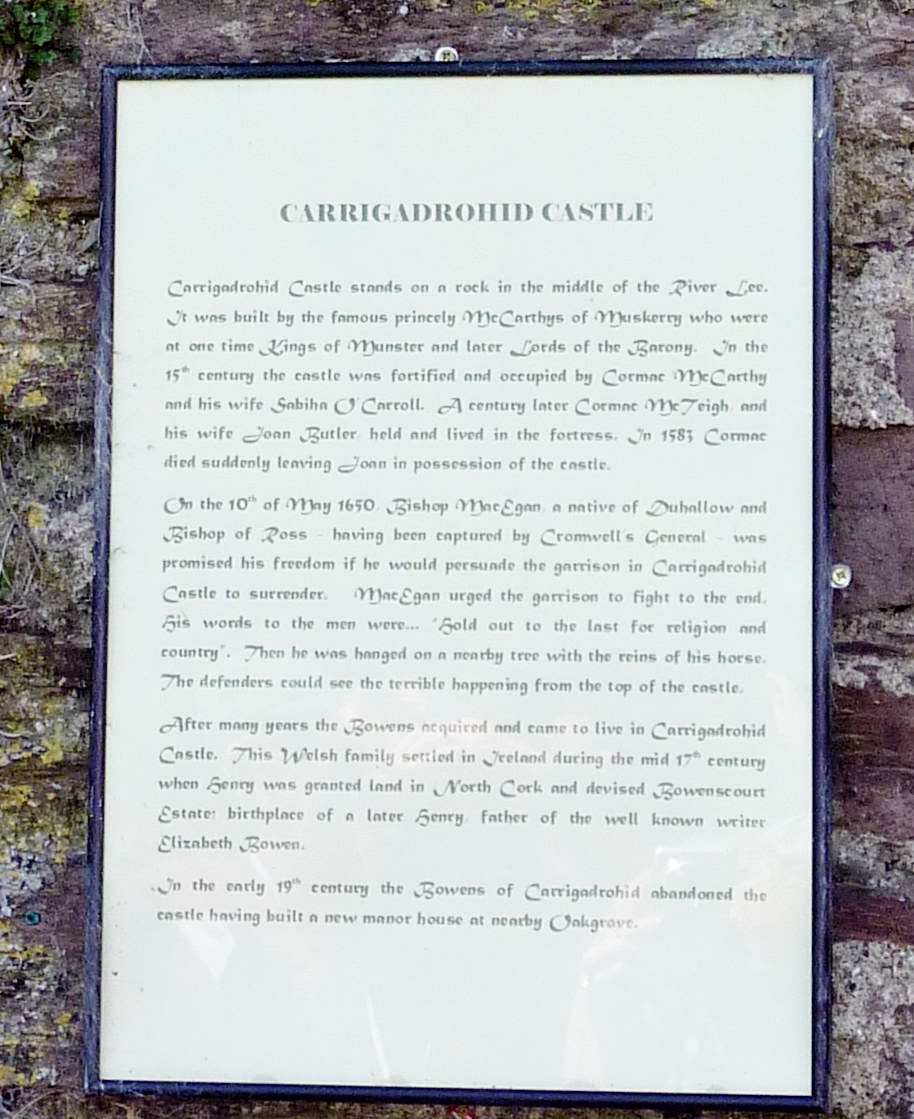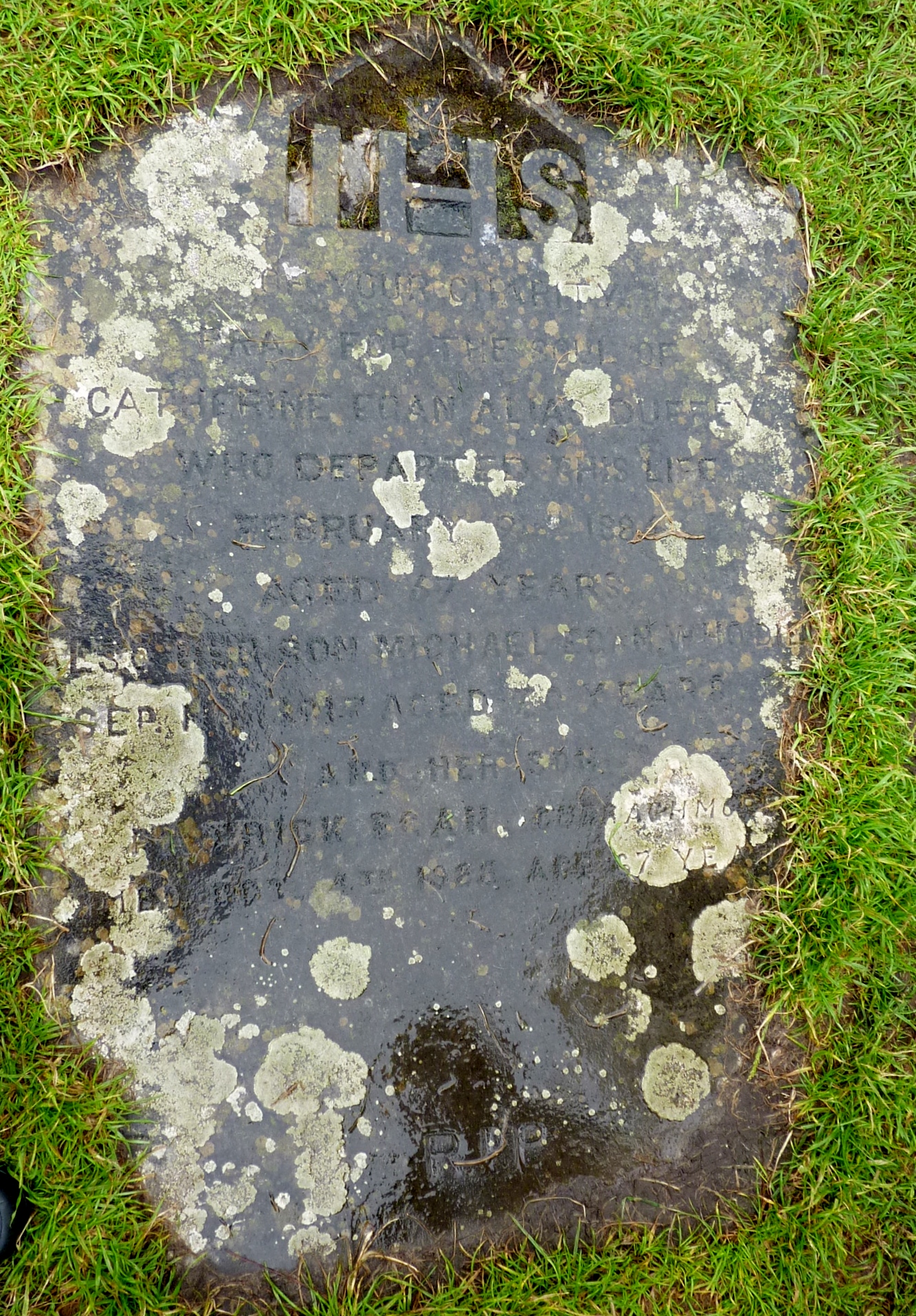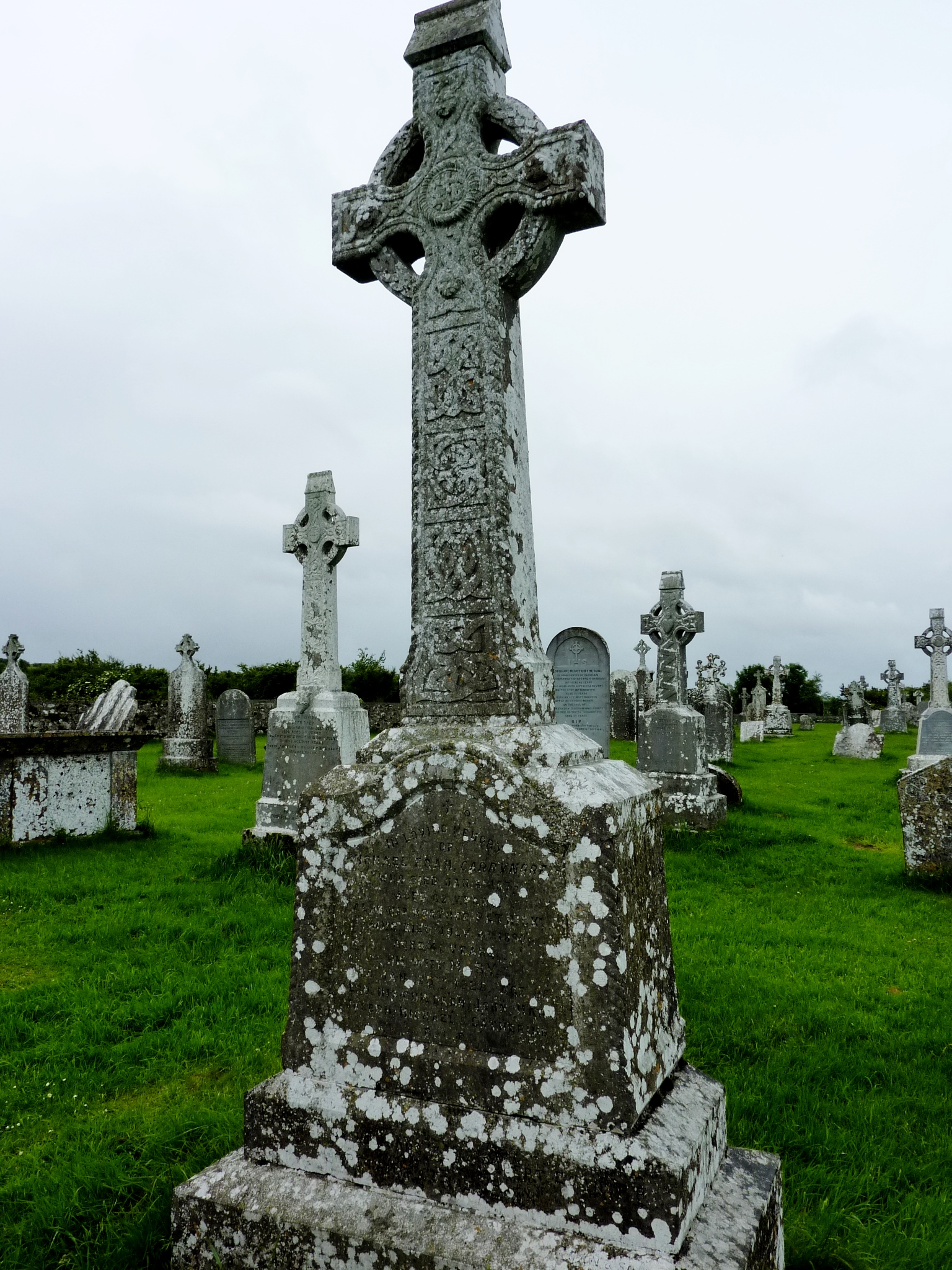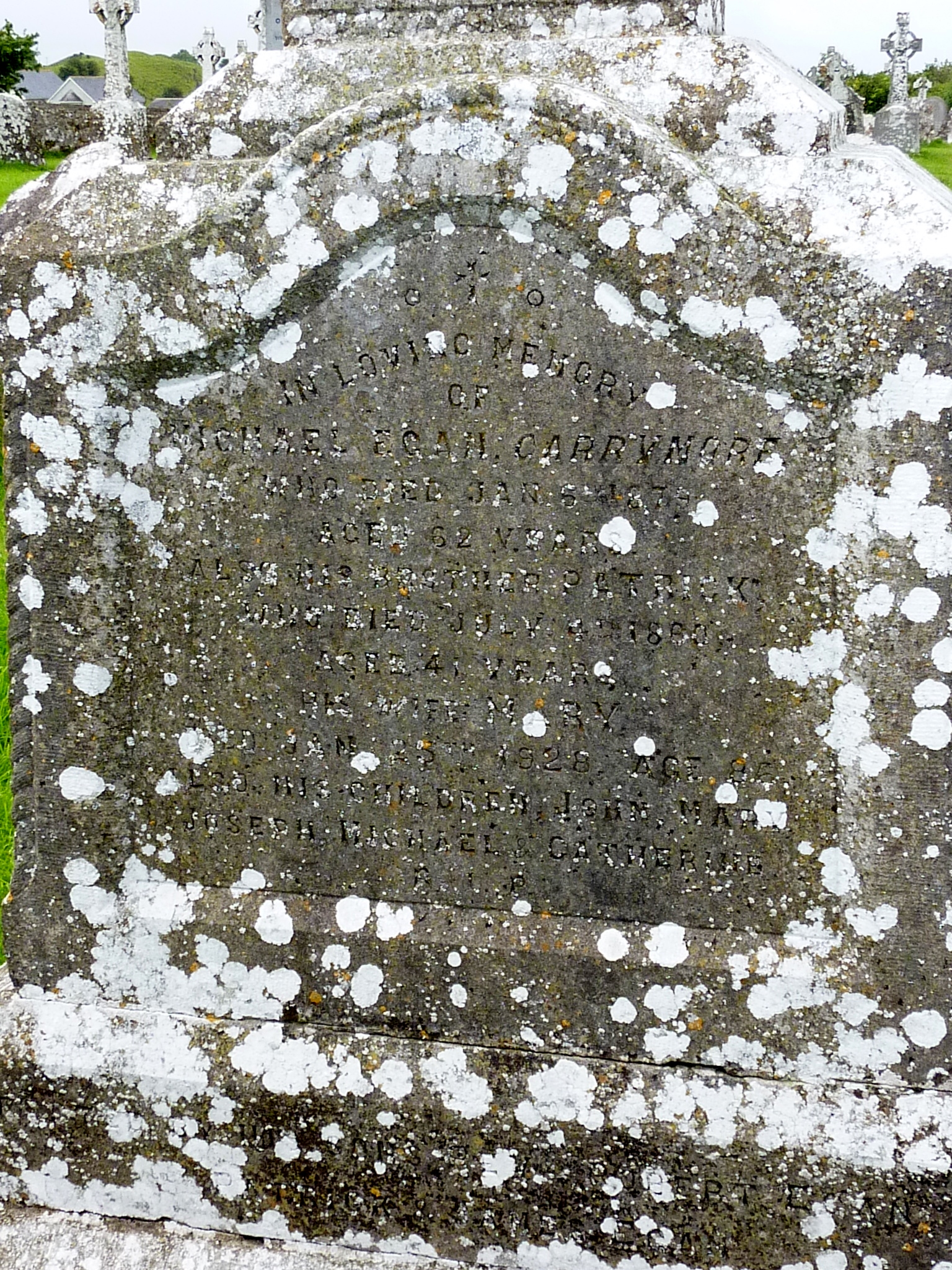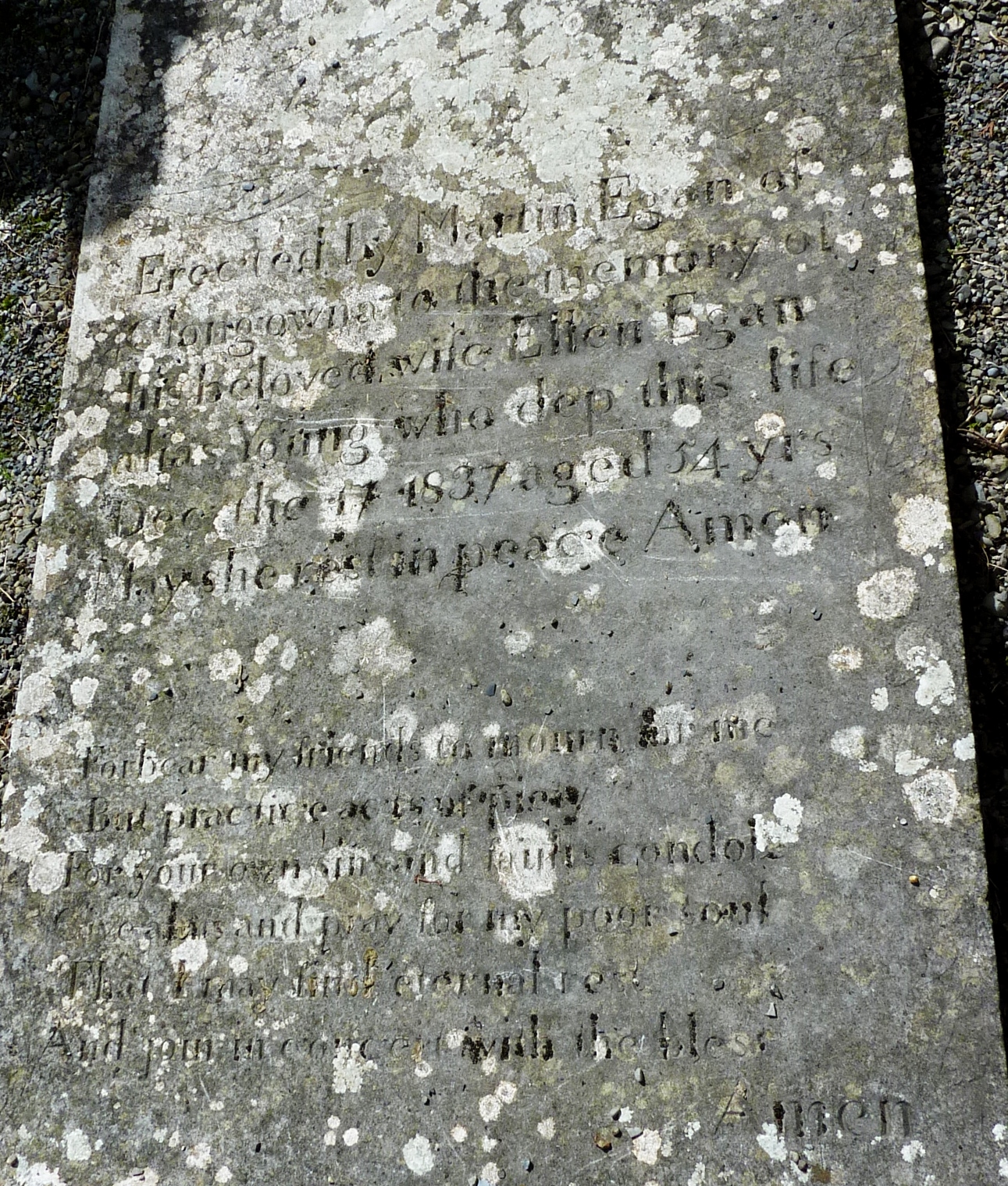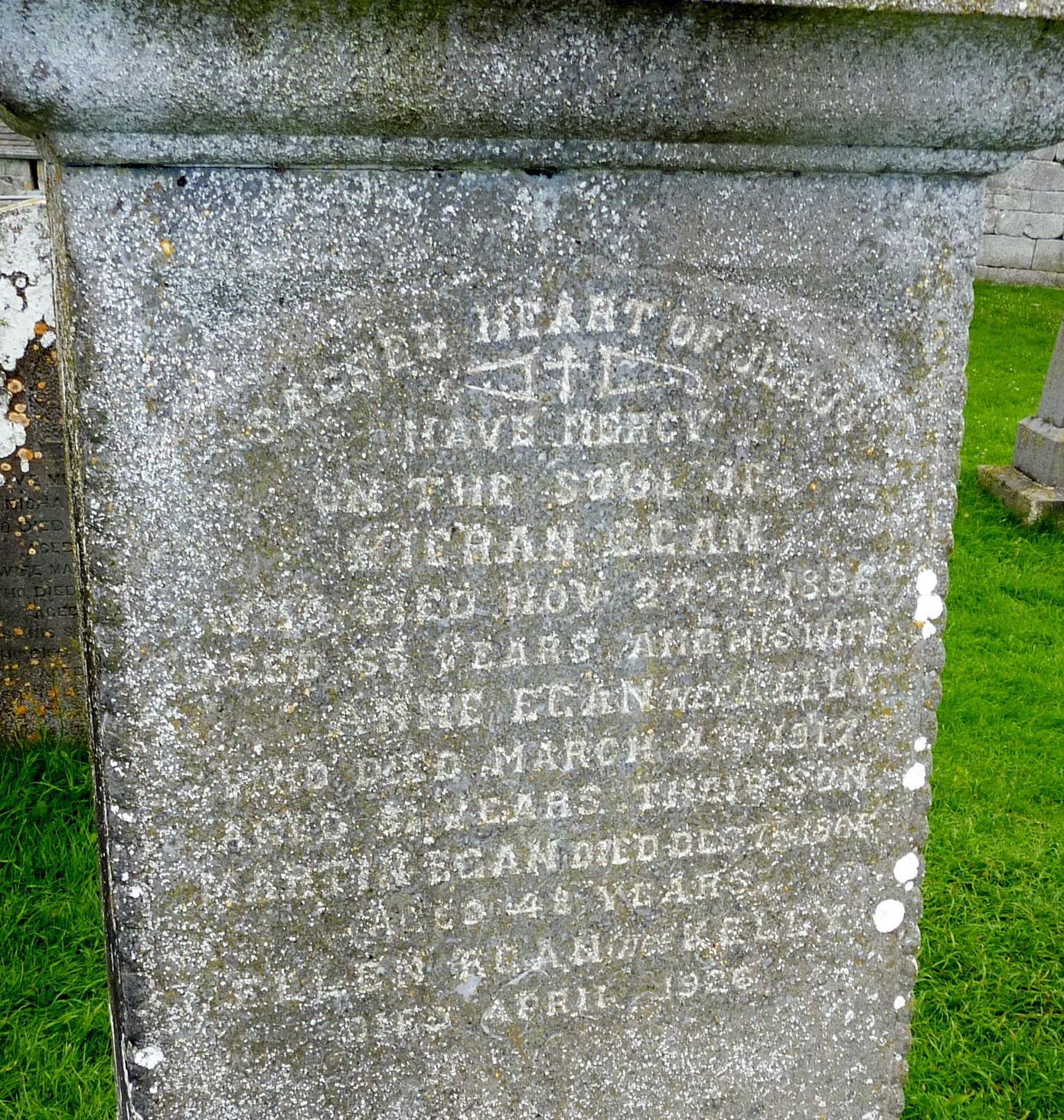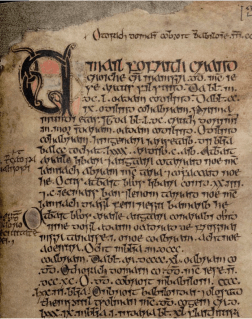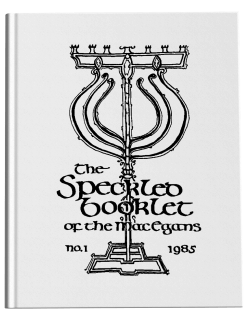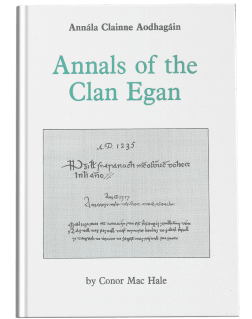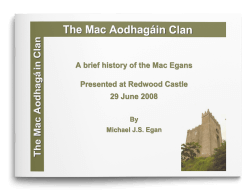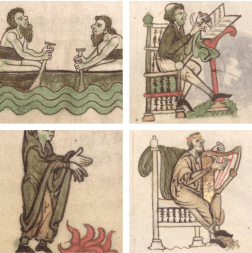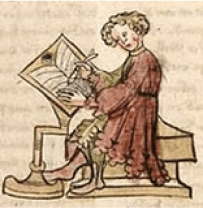Uniquely among Irish Families, the MacEgans were distinguished for learning rather than military prowess. They became, over five centuries, Ireland’s most learned literary family and have left us an enormous body of medieval Irish and Latin writing. The great codices, the book of Duniry (Leabhar Braec), also called the Speckled Book of the MacEgans, the Book of Ballymote and the Book of the Dun Cow (Leabhar na hUidre) are associated with them. (The latter two texts can be found at the Ancient Texts Library.) The Brehon (Judge) and Ollave (Professor) ranked among the highest in the Irish society, and the MacEgans were the outstanding hereditary holders of these offices. The Mac Egans were one of only seven Irish families to practice the ancient Brehon Law. Of these seven, five served just one ruling family, one served five senior lords, and members of the Mac Egan clan served as the chief advisors to all of the remaining thirteen lords and chieftains. Because they were associated with the chieftains in all parts of the country their descendants are widespread. Among the O’Kennedys of Lower Ormand in North Tipperary they became particularly strong. There are a number of their castles still standing, and one of these, Redwood, where a celebrated law school once flourished, is restored and available to visit. Throughout the annals there are numerous references to various members of the family noteworthy for their achievements as brehons and ollaves. For example, Michael O Cleirigh, principal author of Annals of the Four Masters from 1636, said Baothghalach Ruadh MacAodhagain was “the most learned Irishman that ever lived”. When the annals were compiled, O’Cleirigh sought an approbation from six of the most learned men in the Country for the work, the first being Flann MacAodhagain of Ballymacegan and Redwood Castle, while Baothghalach MacAodhagain, Bishop of Elphin was third on the list. Later when the Normans adopted the Irish Language, law and custom, MacEgan brehons were retained by them as well. However, like other Irish Families who did not conform, they lost all when the English took over but preserved the educational tradition throughout the Penal Times. After Emancipation in 1829 many of the name followed their hereditary professions of teaching, law and medicine. The Egan clan is descended from Cairbre Crom, chief of Hy Many in the 6th Century and has as its eponymous ancestor Aedhagan, who flourished in the 10th century, making the surname one of the oldest in Europe. It is derived from the root ‘aedh’ meaning ‘fire’ through its association with an ancient Irish fire deity and the diminutive ‘an’ hence ‘the little bright-eyed one’. This evolved into the Gaelic name used by the Egan family in Ireland of Mac Aodhagáin, which means son of Aodh, a personal name usually Anglicized as Hugh. The “agáin” part is a frequent ending to Irish names and is often said to stem from Latin or Greek verbs meaning “born of”. Many spelling variations of the name have been found in the archives, particularly when families attempted to translate the name from the Gaelic into English or vice versa. Egan occurs in many references, sometimes spelt Egan, Eagan, Keegan, MacEgan, Kegan, Keagan and Keagen and these changes in spelling frequently occurred, even between father and son. Compounding the problem, church officials and scribes spelt the name as it sounded, and it was not uncommon to find a name spelt several different ways during the lifetime of the same person, when he or she was baptized, another when that person was married, and yet another appeared on the headstone. These variations continued into the migrations out of Ireland. In America, the spelling further evolved to Agin and Agins. Just like “O,” the prefix Mc in front of a name, meaning `son of’ is popular in Irish names, although this doesn’t guarantee that the name is Irish. Officially, in both Ireland and Scotland, the abbreviation is Mac. Roughly 14 of every 100,000 people in the US have an Egan-related surname. Surname EGAN Total Count 23048 Per 100K pop 7.81 14.1600 %Popul 0.0078% 0.0142%
The Coat of Arms for the surname Egan can be described in heraldic terms as follows: The Coat of Arms for the surname Egan can be described in heraldic terms as follows: Military color for excellence and fortitude. It is symbolic of nobility, boldness and ferocity, and can also represent fire and summer. Usually represented on a shield by the colors gray or white. This metal represents nobility, peace and serenity. It is associated with the qualities of purity and chastity, because the metal withstands the test of fire. Emblem of strength and fortitude The image of a man must be interpreted in context with other symbols, such as the tools or weapons he is holding. The Battle-Axe is a symbol of authority and of the execution of military duty. Along with the sword as an emblem of military honor, it should incite the bearer to a just and generous pursuit of honor and virtue, as it is accordingly symbolic of liberty and strength. Though other axes are used as devices in heraldry, the Battle-Axe is distinct because of its blade that is firmly mounted on the shaft and penetrates through it to the other side. An emblem that represents wisdom and defiance. Due to the shedding of its skin, it can also be a symbol of rebirth and fertility. In Ireland, the serpent may be used as an emblem of St. Patrick, an association derived from the legend of St. Patrick clearing Ireland of snakes. Considered the noblest color. One of only two metals used in heraldry, it exceeds all others in value, purity and finesse. It represents the light of the sun, and was once borne only by princes. Gold is said to gladden the heart and destroy all works of magic. It is also associated with excellence and achievement, and the bearer surpasses all others in valor. Signifies felicity and pleasure. It was symbolic of joy, youth and beauty. The bend is a broad, diagonal band across the shield representing either a scarf worn like a sash, or the shield suspender of a knight or military commander. The bend thus signifies defense and protection, and is a bearing of high honor. “Three” devices, beasts or ordinaries of the same have a special significance in heraldry. First of all, there is the obvious reference to the Trinity in the design that would signify observance of the Christian doctrine. Secondly, with many Arms it brings balance that is steeped in tradition. Later, with the advent of the “chief,” “chevron,” and “bend,” three devices brought balance to these ordinaries too. The Swan, Apollo’s bird is the ensign of poets and musicians. It symbolizes perfection, beauty, and grace. For a bearer of the swan, it represents a lover of poetry and harmony, or a learned person. That completes the meaning of the shield. The MANTLE can then be spread over the shield and draped from the helmet and serve as a protection “to repel the extremities of wet, cold, and heat, and to preserve the armour from rust.” The numerous cuts and slits suggest that it had been torn and hacked on the field of battle. The style or design of the mantling is up to the individual heraldic artist, and it is usually depicted in the main color and metal from the shield. The Esquire’s Helm, as depicted here, is generally shown silver, with a closed visor and facing to the dexter (its right). On top of the helmet is a Torse or wreath which was formed by two pieces of silk twisted together. Its purpose was to hold the crest and mantle on the Helm. The Crest was worn on top of the helmet, and was usually made of wood, metal, or boiled leather. It provided the double advantage of easy identification and the addition of height to the wearer. The Crest for the surname Egan is shown atop the Mantle as a man in armor emerging from a tower holding a battle-axe. The Battle-Axe is common on crests as a symbol of authority and of the execution of military duty, thus denoting a warlike quality to its bearer. The Battle-Axe was a bearing introduced to heraldry as a token of the Crusades, which began shortly after the rise of heraldry itself. Several variations of the Egan Coat of Arms exist as well as the official application from 1715. Official application from 1715 Fortitudine et prudentia With Fortitude and Prudence The Redwood Castle in Co. Tipperary is one of the hereditary castles of the Egan Clan originally constructed around 1210 which once held a prominent law school. Their website includes a lot of history and background on the castle and the Egan Clan. Today the Castle is one of the main historical attractions in the midlands of Ireland. Be sure to visit their website for lots of information on Clan Egan. One of the most outstanding medieval Irish manuscripts still extant is the Leabhar Breac Mac Aodhagáin: The Speckled Book of MacEgans, which was written before 1411. It is now a prized possession of the Royal Irish Academy, Dublin, catalogued as RIA MS 23 P 16 or 1230. 15th Century Irish Manuscript Leabhar Breac, Royal Irish Academy Library Author's Foreword excerpt: "It will not be considered presumptuous to call this production 'The Speckled Booklet' as it is our tribute to our forbears who left such an imprint on the history of Law and Learning in Ireland." Table of Contents 1 – Our Coats of Arms The Speckled Booklet of the MacEgans, Edited 1985 by Liam Egan & Michael J. S. Egan Table of Contents Introduction Annals of the Clan Egan by Conor Mac Hale Slide Presentation by Michael J.S. Egan at Redwood Castle during 2008 Clan Egan Rally Slide Presentation: A Brief History of the MacEgans, 2008 The Annals of the Kingdom of Ireland, or The Annals of the Four Masters as they are more commonly called, were compiled between 1632 and 1636 under the direction of Michael O'Clery, a Franciscan brother in Donegal. They are a yearly chronicles of major (and sometimes minor) occurrences in Ireland from the Year of the Deluge (2242 A.M.) until 1616 A.D. You can see the full text by clicking the link below, going to "Collections" and then seeing "Trinity College Dublin." Annals of the Four Masters CELT is producing an online database of contemporary and historical topics from many areas, including literature and the other arts. It is showcasing Ireland's heritage, and providing material for the greatest possible range of readers, researchers, academic scholars, teachers, students, and the general public. The texts can be searched, read on-screen, downloaded for later use, or printed out. Annals of the Four Masters “One of the most famous bardic schools of the Mac Egans, and probably their original home, was at Park castle between Tuam and Glenamaddy in Co. Galway.” These documents provide the location and history of this school from the 15th to the 17th Century. For these and additional documents available on the Clan Egan Australia & New Zealand website, visit the link below.
KEEGAN
EAGAN
EAGEN
AGIN
MCKEEGAN
AGINS
EAGANS
10354
5528
1079
1052
317
240
155
3.51
1.87
0.37
0.36
0.11
0.08
0.05
0.0035%
0.0019%
0.0004%
0.0004%
0.0001%
0.0001%
0.0001%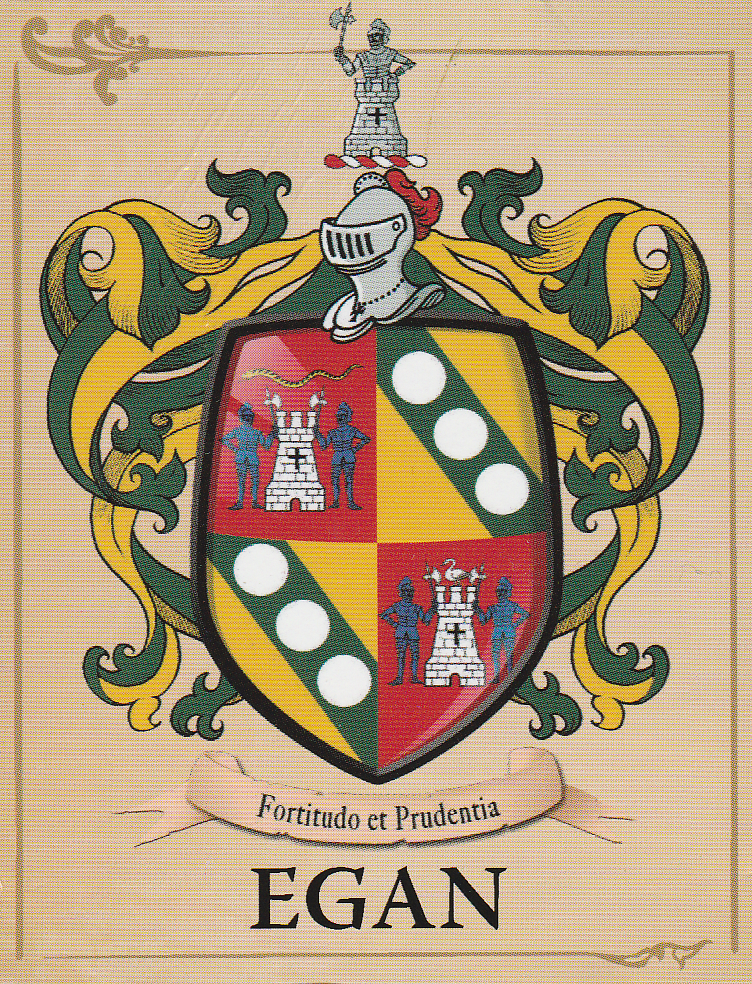




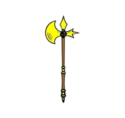
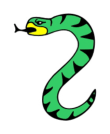


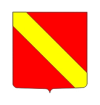

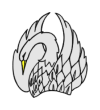
The Egan Motto
The Egan Motto – Translation
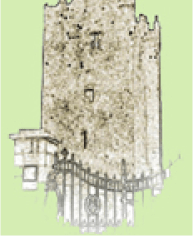
2 – Our Ancestral Castles
3 – Our Scribes, Artists, and Poets
4 – Our Contribution to Religion and Politics
5 – Stories of Irish Kinsfolk
6 – Stories of our Emigrant Kinsfolk
7 – Egans of Today
8 – Geneaology Corner
9 – Miscellaneous
10 – Advertisements
Chapter 1 – The Bardic Families and Their Schools
Chapter 2 – Brehon Lawyers
Chapter 3 – The 12th Century
Chapter 4 – Annals of the Mac Egan family
Chapter 5 – The Mac Egans of Ormond in the 17th century
Chapter 6 – Mac Egan Castes and Estates
Chapter 7 – The Mac Egan Inheritance
Chapter 8 – Genealogy and Family Tree
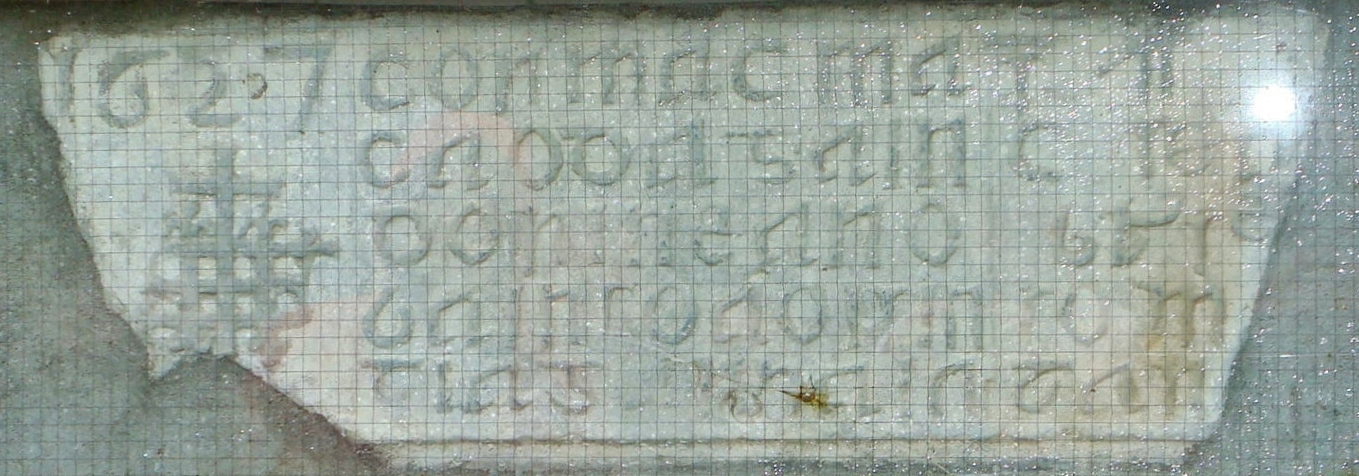
Obituary of Thomas Agin Thomas Agin, aged 91, died peacefully in his sleep on Wednesday, March 21, 2018 in the excellent care of Wesley Health Care Center and Community Hospice of Saratoga. Chronic lung disease, which he had fought with dignity and courage for more than half a decade, would finally claim him. Thomas Agin was born on October 12, 1926 in Camden, New Jersey. His parents were the late Thomas Floyd Wakefield Agin and Dorothy Roth. He was the oldest of four children. With the death of his mother in 1941, he was out on his own at age 14, working to support his siblings. He would invent a new birthplace and birthdate, not easily verified, to enable him to join the Civilian Conservation Corps. He would work in Delaware helping build roads, most of his earnings going back to relatives caring for his brothers and sister. He again used his altered birthplace and birthdate to join the service in 1943, having just turned 16, choosing the Army Air Force. Because of his small size, he was perfect to climb into the back of B-25s as a tail gunner. He was sent to the Pacific Theater, where he flew on 46 bombing missions, fighting until the war ended in 1945. Peacetime brought a reenlistment in the Air Force, followed by a return to Camden, New Jersey where he stayed with his Aunt Catherine Crane in Fairview. Next door lived the McGaha family, and a daughter named Dorothy. They became engaged, and on June 17, 1950 they were married. Thomas had become interested in the idea of working in chemistry during the war years and would make this his life’s work. Despite a lack of formal education, he would attend Temple University and become a research chemist. He was able to give his family the life he had not had growing up. The family eventually settled in Cinnaminson, New Jersey and raised their family of three children. When not working, Thomas was a man who liked to read, play Scrabble, do crossword puzzles and travel. Travel would include the children when they were young and later, after retirement, Thomas and Dorothy would travel the world. London became a favorite destination, with the West End musicals a must. Thomas would study Russian before going to Russia and was able to converse in that language during the trip. He also somehow knew how to write some Chinese…. And he loved to tell jokes, usually laughing before he could finish the punchline. His most consuming passion, though, was genealogy. He was very involved long before it became popular or DNA turned up to help. He was a long-time member of the Clan Egan, and one of the first to be involved in their DNA research. He is survived by his wife of 67 years, Dorothy E. (McGaha). Also, his son Thomas L. (Louise) Agin of Port Orange, Florida, and daughters, Brenda J. (Bob) Lanoue of Greenwich, New York and Marsha A. (Stanley) Jablonski of Sicklerville, New Jersey. He had one grandson, Justin Agin, four granddaughters, Tracy Agin, Katie Agin, Kimberly Monaghan, Jamie Jablonski, and one great-granddaughter, Lily-Kate Agin. His brothers, Floyd W. (Theresa) Agin and Arthur P. (Kim) Agin, and sister Harriet B. (Valentine) Stuhltrager all predeceased him. For the past 14 years Dorothy and he shared a home with Brenda and Bob Lanoue in Greenwich, New York, before moving to The Woodlawn Community in Saratoga Springs, New York. His family would like to take this opportunity to thank Saratoga Hospital, Schuylerville Family Health, Pulmonary Physicians of Saratoga Springs, The Woodlawn Community, Wesley Health Care Center (2 Springs, in particular) and Community Hospice of Saratoga for the excellent care they have given Thomas through these difficult years and last months. Donations in his memory can be given to Community Hospice of Saratoga at: 179 Lawrence Street, Saratoga Springs, New York 12866 No viewing is scheduled and there will be a private funeral service at The Gerald B. H. Solomon National Cemetery, later in the year. Online condolences and messages to the family may be made at www.flynnbrosinc.com
